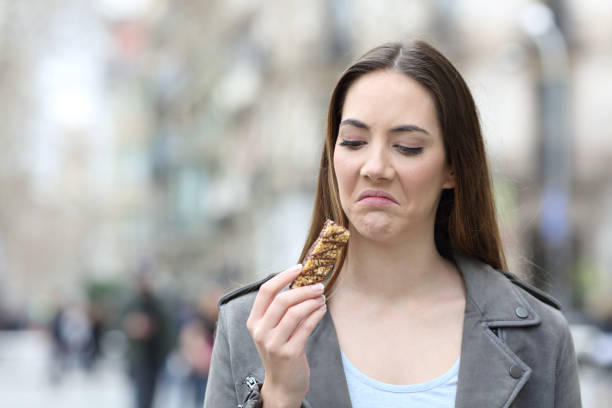A new minimally invasive procedure may restore COVID-related impaired sense of smell, suggests a small study to be presented at next week's Radiological Society of North America (RSNA) annual meeting in Chicago.
Researchers at Jefferson Health in Philadelphia performed computed tomography (CT)-guided stellate ganglion block (SGB) in 54 patients who had long-term parosmia (impaired sense of smell that can lead to a distaste for once-like foods and drinks). The average patient age was 46 years, and 74% were women.
Previous treatments unsuccessful
The stellate ganglia, part of the autonomic nervous system, are nerves located on the sides of the neck that deliver signals to the head, neck, arms, and parts of the upper chest.
SGB takes less than 10 minutes and doesn't require sedation or intravenous pain management. The procedure has been used with different degrees of success to treat conditions such as cluster headaches, phantom limb pain, Raynaud's and Meniere's syndromes, chest pain, and abnormal heart rhythms.
"While promising treatments for anosmia [loss of smell] have evolved, parosmia is often refractory [not responsive] to pharmaceutical and topical therapies, leading to mood disorders, weight loss, and decreased quality of life," the researchers wrote, adding that up to 60% of COVID-19 survivors have parosmia for months or years after infection.
Parosmia, in turn, can lead to phantosmia, a condition in which patients detect pleasant or unpleasant smells that aren't there, they said.
59% reported symptom relief within 1 week
An ear, nose, and throat (ENT) olfactory subspecialist referred patients to the study who had COVID-related parosmia for at least 6 months that didn't respond to medications. Using CT guidance, the researchers injected a local anesthetic and an anti-inflammatory drug into the stellate ganglia on the side of the neck, depending on whether the patient was right- or left-handed.
The patients were later surveyed about their olfactory symptoms. Of the 37 patients (65%) for whom follow-up was obtained, 22 (59%) said their sense of smell had improved by 1 week after SGB.
Eighteen of 22 patients (82%) reported progressive improvement and a significant increase in average reported improvement at 1 month. By 3 months, patients with symptom relief reported an average of 49% improvement (range, 10% to 100%).
SGB shows promise for patients with long term post-COVID parosmia, and CT provides ideal efficiency and guidance.
Twenty-six participants returned for an injection on the opposite side of the neck at least 6 weeks after the initial procedure. Among them, all 8 participants who didn't report symptom relief after the first injection said their sense of smell improved at least somewhat after the second procedure, and 12 of 14 (86%) who reported some symptom relief after the first injection reported greater improvement.
Overall, 76 of 80 patients (95%) were diagnosed as having Horner's syndrome, or a disrupted nerve pathway in one side of the brain affecting the eye and face. The syndrome resolved in all affected patients within 30 minutes after SGB. There were no reports of complications or adverse events.
"SGB shows promise for patients with long term post-COVID parosmia, and CT provides ideal efficiency and guidance," the authors wrote. "For patients with improvement post SGB, and [sic] 2nd contralateral treatment may provide additional benefit."
In an RSNA news release, lead author Adam Zoga, MD, MBA, said that the team was impressed with the success of SGB in these patients. "Other treatments have failed to date," he said. "This injection is working."





















